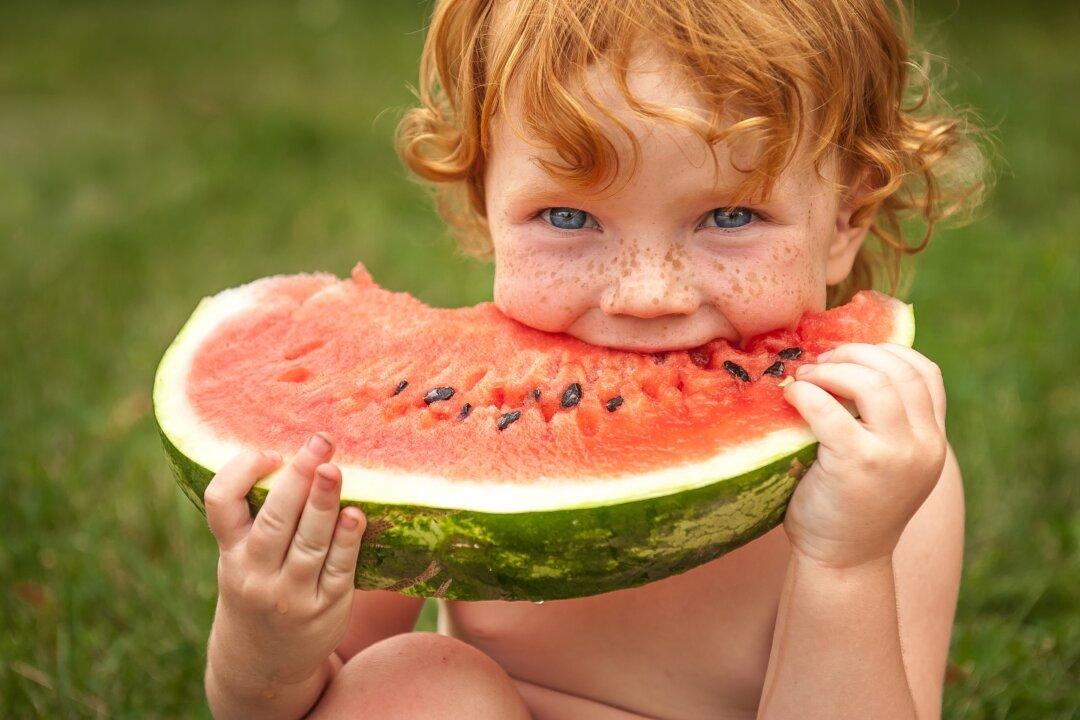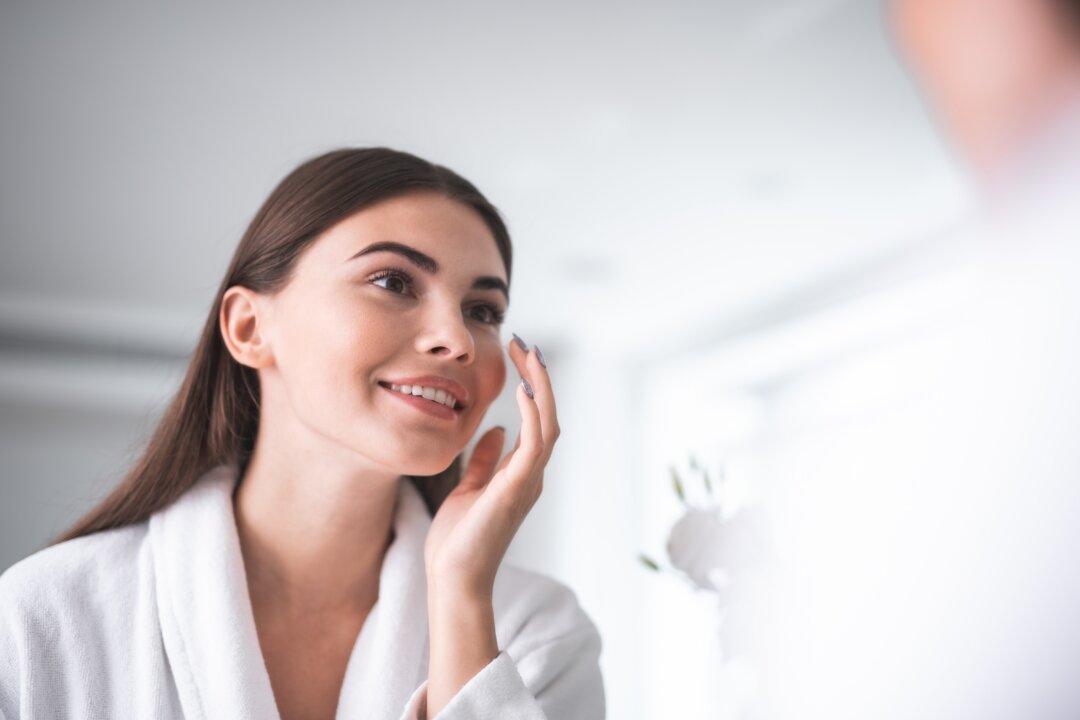Now that the weather is warming up and you’re likely spending more time outside in the sun, it’s time to think about how best to protect your skin.
You need a certain amount of sun every day to maintain adequate vitamin D, 10–15 minutes for someone with very pale skin, someone with very dark skin can need up to an hour.





